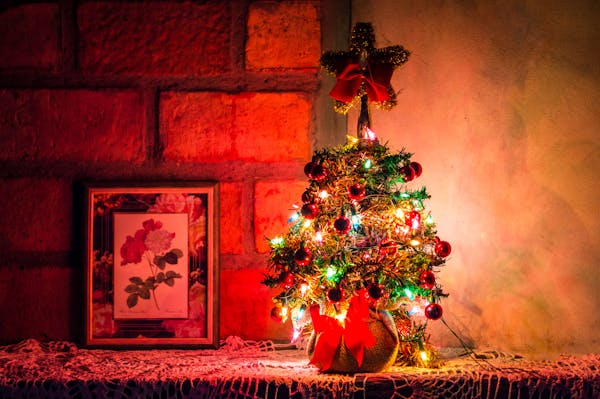Light Up Your Holidays: The Science of Christmas Lights

As the holiday season approaches, one of the most enchanting sights is the twinkle of Christmas lights adorning homes, trees, and streets. Have you ever wondered about the science behind those shimmering displays? In this festive blog post, we’ll explore the fascinating world of Christmas lights and how they brighten up our holidays.
1. Incandescent vs. LED Christmas Lights
Traditionally, these lights were incandescent bulbs that worked by passing electricity through a filament, causing it to glow. While they add a warm, nostalgic charm to holiday décor, incandescent lights are not very energy-efficient. In recent years, LED (Light Emitting Diode) lights have gained popularity. LEDs use semiconductor materials to emit light when current passes through them. They are energy-efficient, long-lasting, and come in various colors and designs.
2. The Wonders of Color Mixing
Ever wondered how Christmas lights produce a spectrum of colors? It’s all about the properties of light and the materials used in the bulbs. Many LED lights incorporate red, green, and blue (RGB) diodes. By adjusting the intensity of each color, they can create a wide range of hues, including the classic white light and various vibrant colors.
3. The Role of Voltage and Current
The brightness of Christmas lights is influenced by voltage and current. Higher voltage or current results in brighter lights. However, it’s essential to use the manufacturer’s recommended voltage to avoid overheating or damaging the bulbs. Modern lights are designed to be safe and efficient, but it’s always a good idea to double-check your setup.
4. Animated and Programmable Displays
Technology has taken Christmas lighting to a whole new level with programmable displays. These displays use microcontrollers to control individual LEDs, allowing for mesmerizing light shows, animations, and synchronized music displays. Enthusiasts often spend months planning and programming these dazzling spectacles.
5. Energy Efficiency and Sustainability
One of the significant advantages of LED Christmas lights is their energy efficiency. They consume significantly less electricity than incandescent bulbs, which not only saves on energy costs but also reduces your carbon footprint. LED lights are a sustainable choice for eco-conscious holiday decorators.
6. Safety Tips for Christmas lights
While Christmas lights add beauty to your holiday décor, it’s essential to use them safely. Inspect your lights for frayed wires or damaged sockets before installation. Use outdoor lights for exterior displays, and avoid overloading electrical circuits. Turn off your lights when you’re not home or when you go to bed to prevent accidents.
7. The Joy of Decorating with Christmas lights
Decorating your home with lights is not just about science; it’s also about spreading joy and creating a festive atmosphere. Whether you opt for a classic, warm glow or a colorful, dynamic display, the magic of lights brings communities together and brightens spirits during the holiday season.
So, as you embark on your holiday decorating journey, take a moment to appreciate the science behind those radiant Christmas lights. They not only illuminate your surroundings but also ignite the spirit of the season, making your holidays merry and bright.